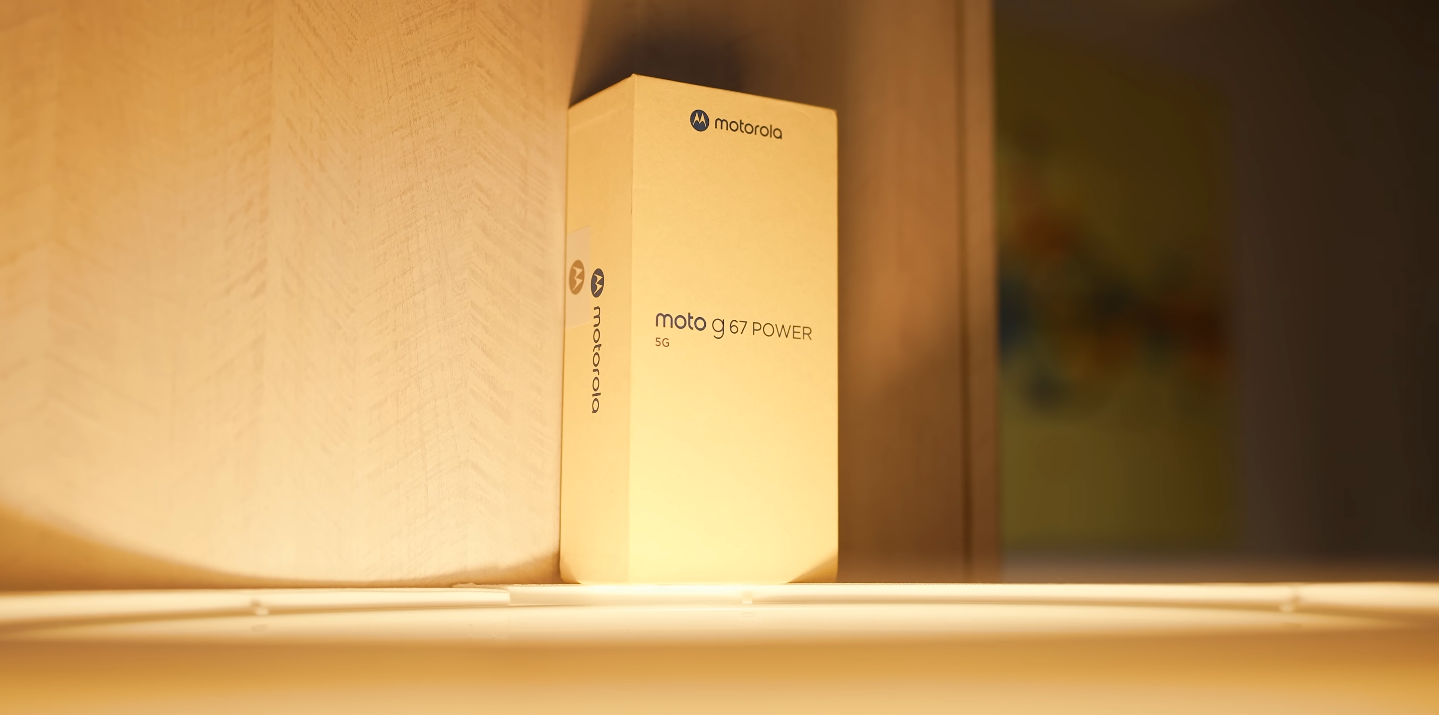Moto G67 Power’s AI camera features explained

How Motorola is using smarter algorithms to boost everyday photography
The Moto G67 Power has been gaining attention mainly for its battery and performance balance, but one area where the device is quietly trying to raise its profile is in camera intelligence. Instead of simply pushing megapixel numbers, Motorola is leaning into computational enhancements that sharpen details, control exposure more intelligently, and stabilise video for more realistic capture. For a mid-tier handset, that approach feels increasingly important. Users in this price range are no longer impressed by sensors alone; what they want is cleaner, more natural, more predictable output in everyday shots.
The main camera on the Moto G67 Power is built around newer generation sensor hardware, but the software on top is where the difference shows. Scene recognition plays a big role here. The phone analyses frame conditions in real time and adapts white balance, exposure and contrast for each environment. Instead of the user needing to switch modes manually every time, the phone tries to predict what the shot needs. This is especially useful in mixed light situations, which are common in everyday living spaces. The camera helps maintain accuracy in colour and detail without introducing excessive grain.
Low-light photography is another area where this AI behaviour becomes meaningful. Night-style shooting is notoriously difficult on mid-range hardware, and it often results in washed-out or blurry output. With scene-based processing, the Moto G67 Power lifts shadows more carefully, preserving detail without pushing brightness too far. The result, in real-world terms, is a more natural night image that avoids the artificial glow that many cheaper devices produce when they “force” brightness. The goal here is not to fake daylight, but to maintain realism.

Facial recognition and face-handling algorithms have been refined too. When capturing portraits or selfies, the camera detects facial structure, skin tone and lighting, and applies subtle improvements rather than aggressive beautification. This more measured approach means a shot can still look polished while remaining realistic. It also avoids the “plastic skin” effect that some mid-range devices create. Gesture control and auto-capture features also streamline selfie shooting, letting the phone trigger at the right moment without button taps or awkward finger positions.
Video benefits from the phone’s intelligent processing as well. It can stabilise motion in a more natural way, using predictive correction instead of only masking movement after the fact. This type of approach means that handheld footage, especially when walking or recording in busy spaces, looks more stable. Audio control plays a role here too. By recognising subject focus, the device can isolate certain sound sources while reducing peripheral background noise, which adds realism and clarity to everyday recordings.
Digital zoom is also improved by selective sharpening rather than crude enlarging. By choosing which parts of an image to boost in detail and which to smooth out, the camera helps avoid the usual blocky noise that cheaper mid-range zooms create. The end result is not flagship-level optical zoom, but it is more usable for casual captures such as landmarks, text boards or distant people without the output immediately collapsing in quality.
The rear camera also works closely with the wide-angle lens, so the phone can keep the colour profile matched between main and ultrawide views. Many budget phones treat the ultrawide camera like a “bonus” lens, leading to inconsistent colours between shots. Here, the matched profile gives a more unified look in albums, which is useful if a user is taking multiple angles of the same scene. It gives a more coherent visual style rather than a mix of tones across similar shots.
Overall, the Moto G67 Power’s AI camera system is about improving the subtle elements that affect everyday shooting more than it is about flashy marketing terminology. It aims to help the user take better-looking photos and videos without thinking too hard, and that is precisely what many mid-range buyers in the UK expect right now. Instead of presenting manual controls as the only way to get good results, this device tries to meet people halfway — letting them simply point, shoot and trust that the software will support the shot. If this strategy is executed consistently, it could make daily mobile photography feel simpler, smoother and more reliable for the average user.
Also Read: How Origin OS handles dark mode for UK users






